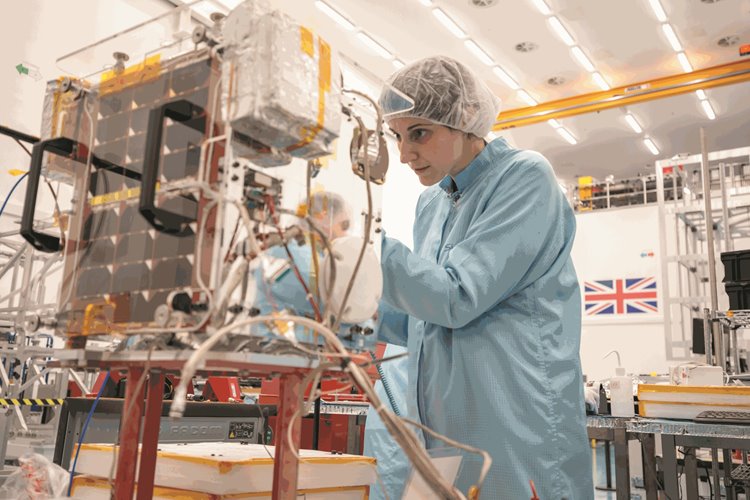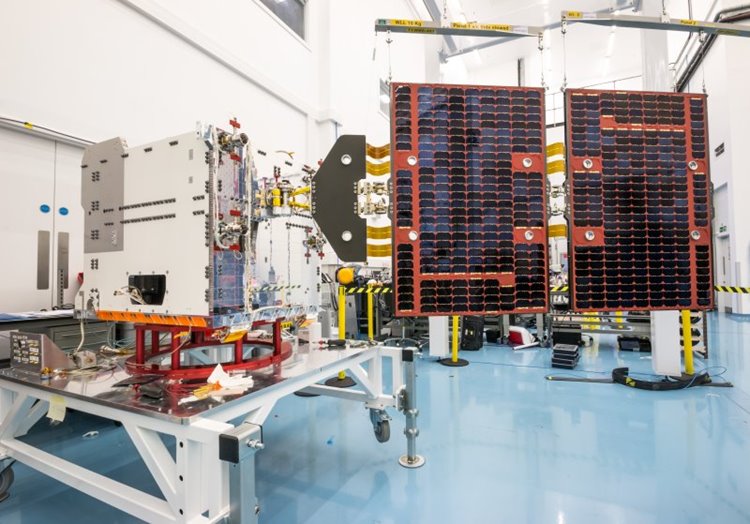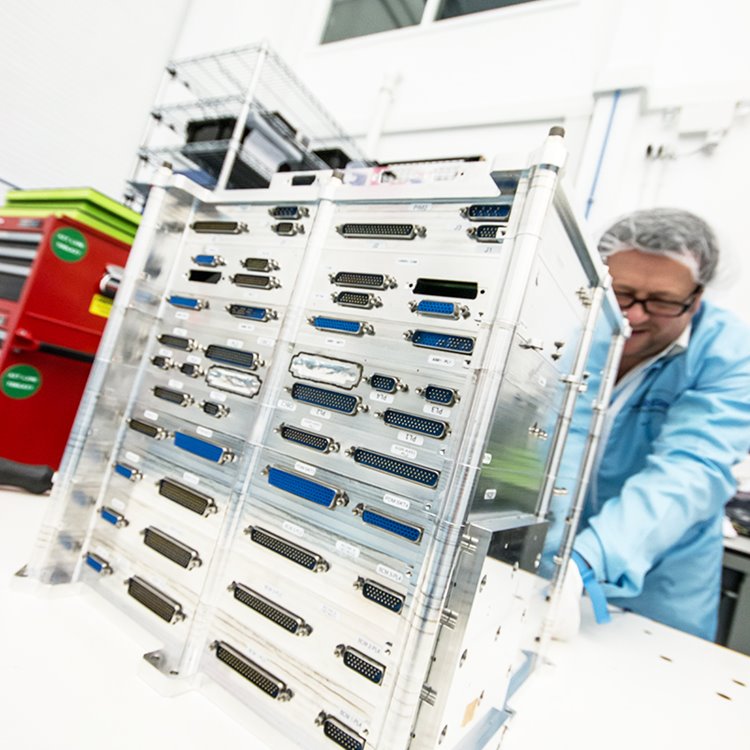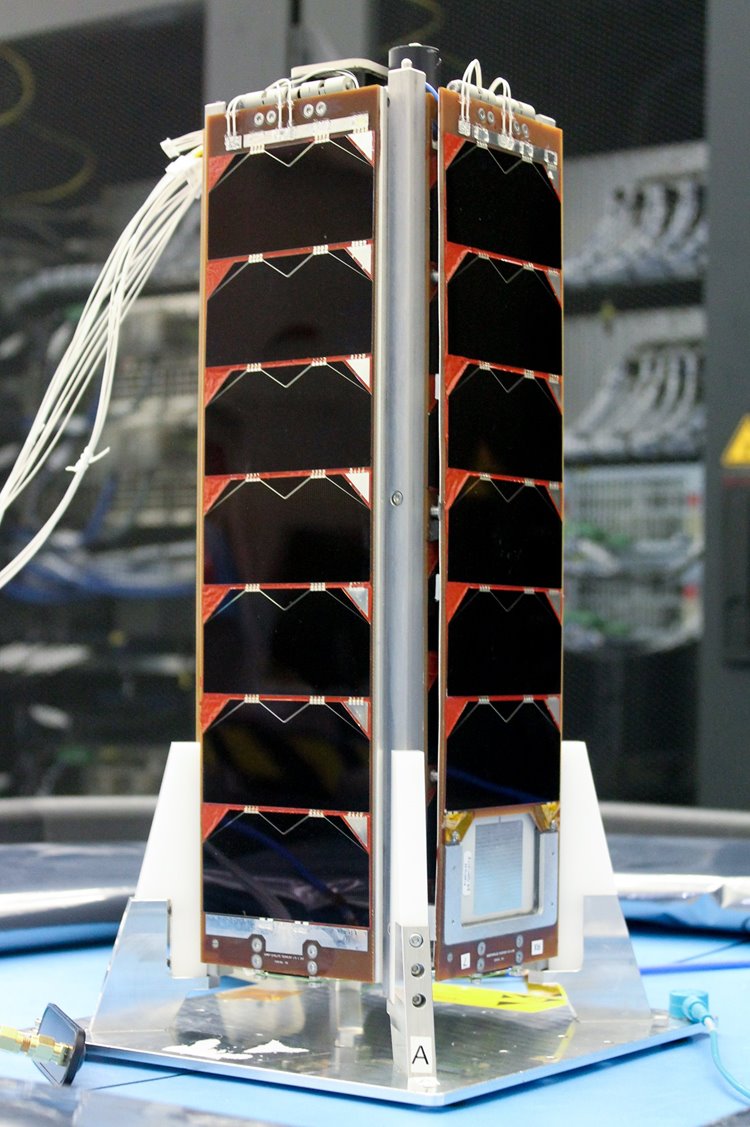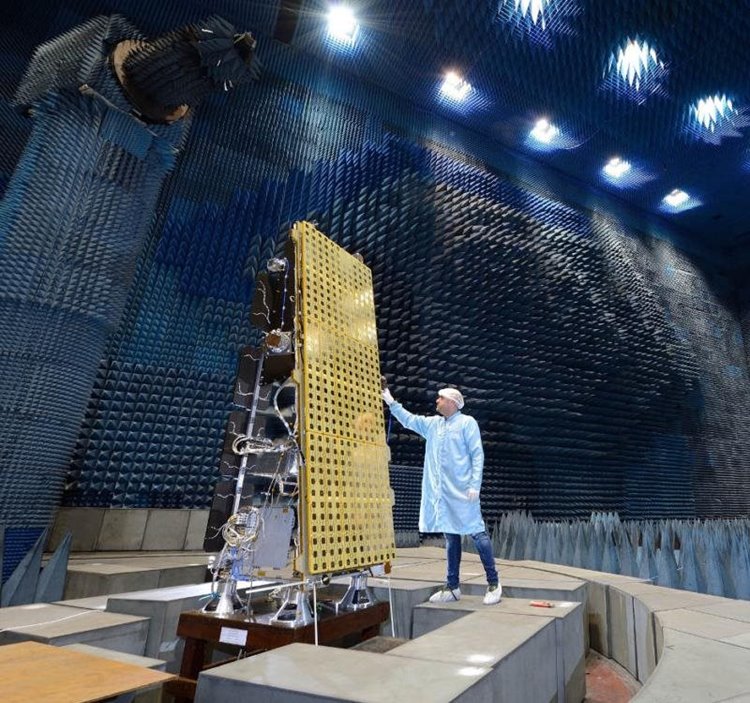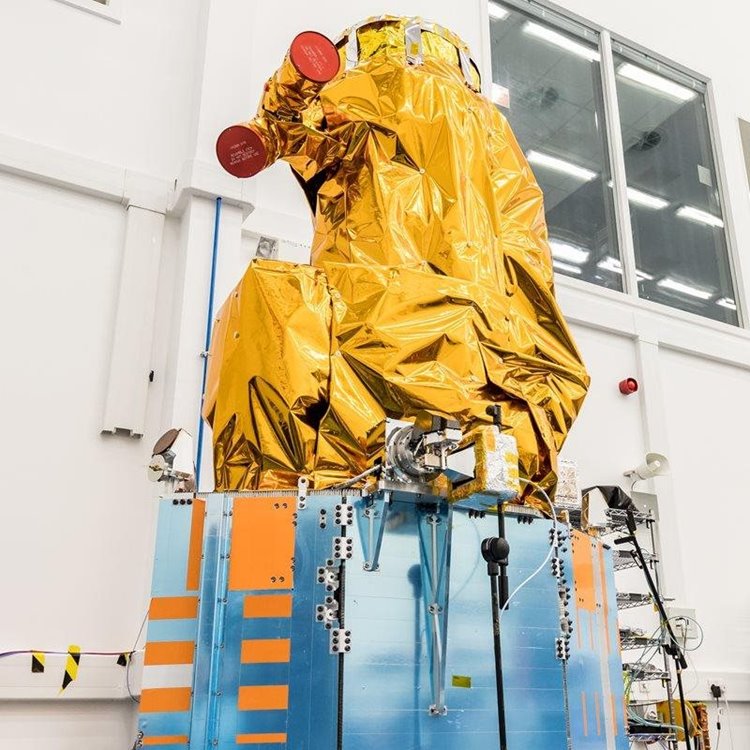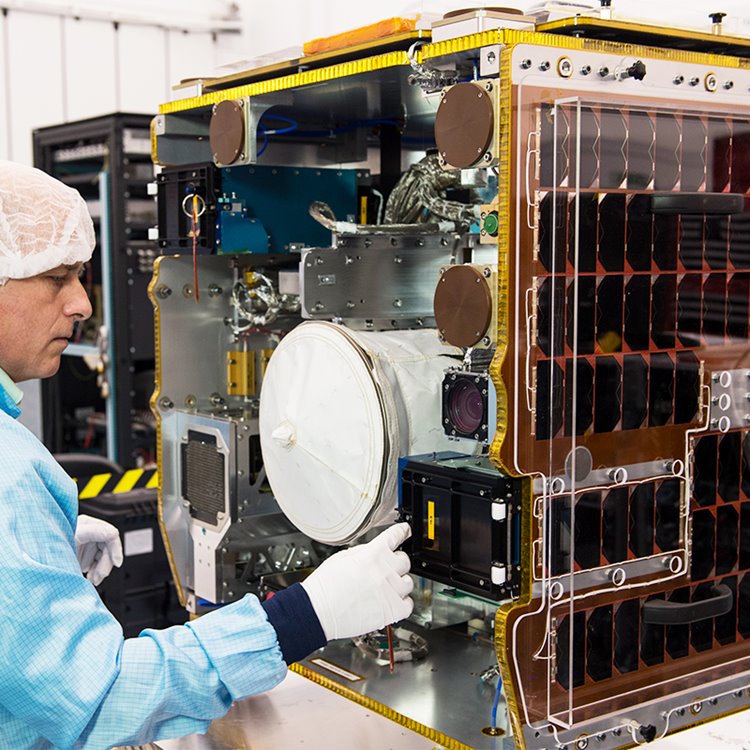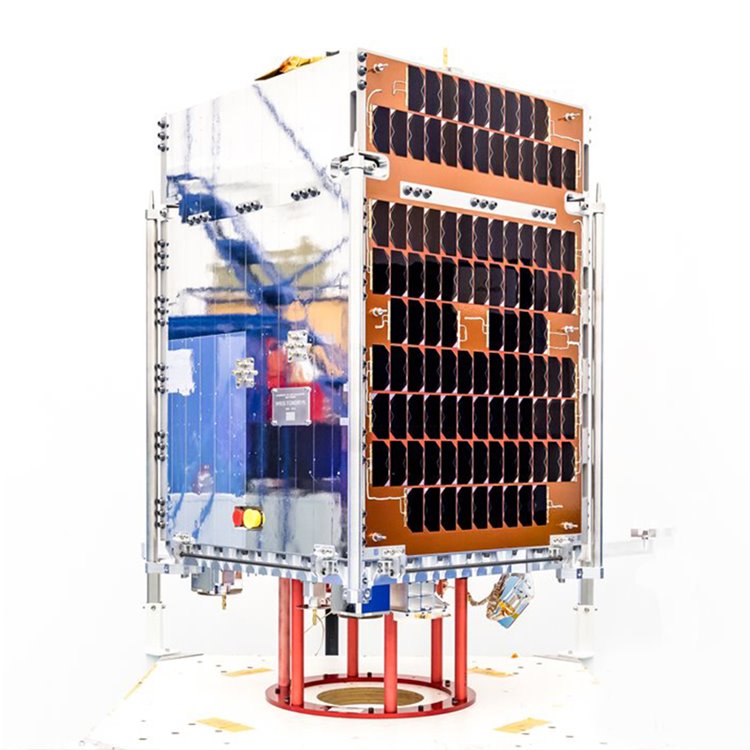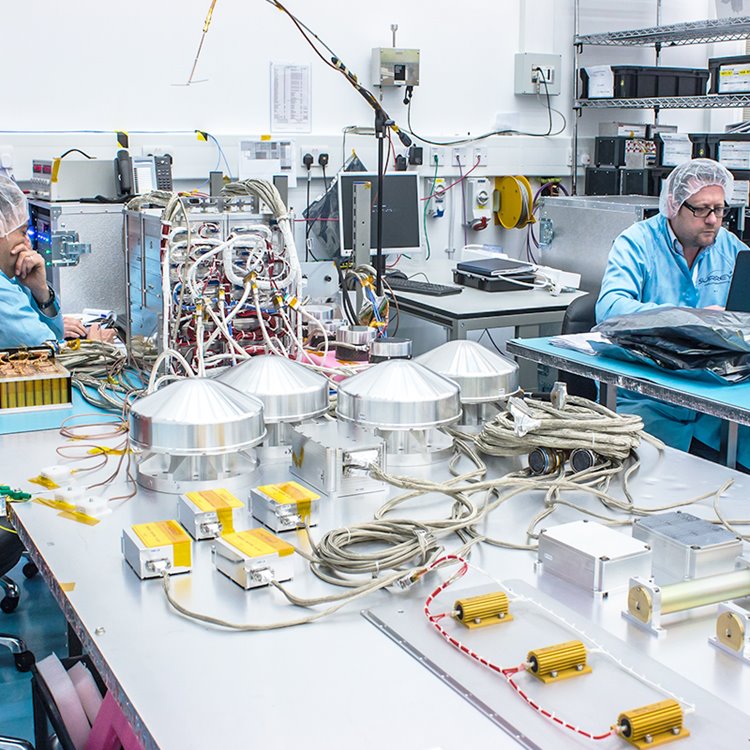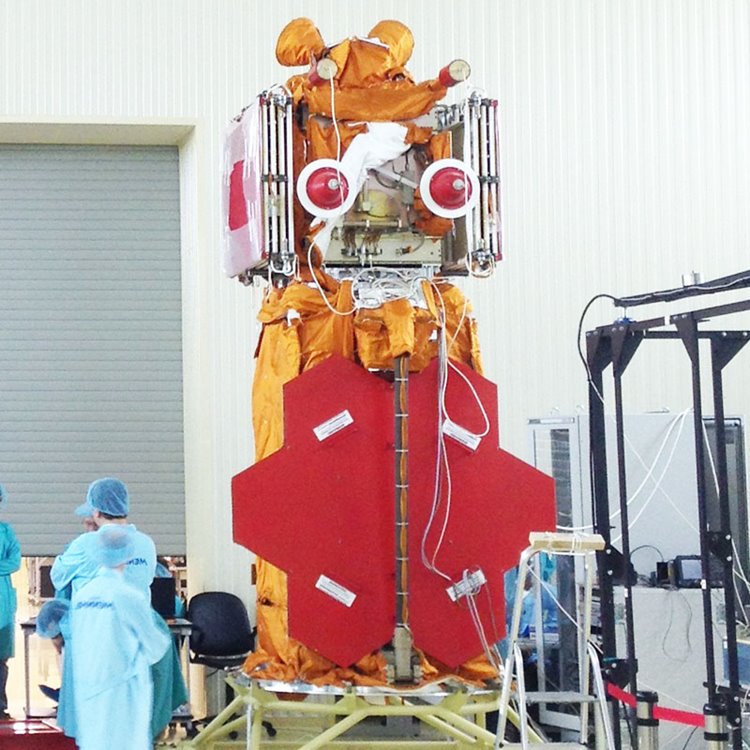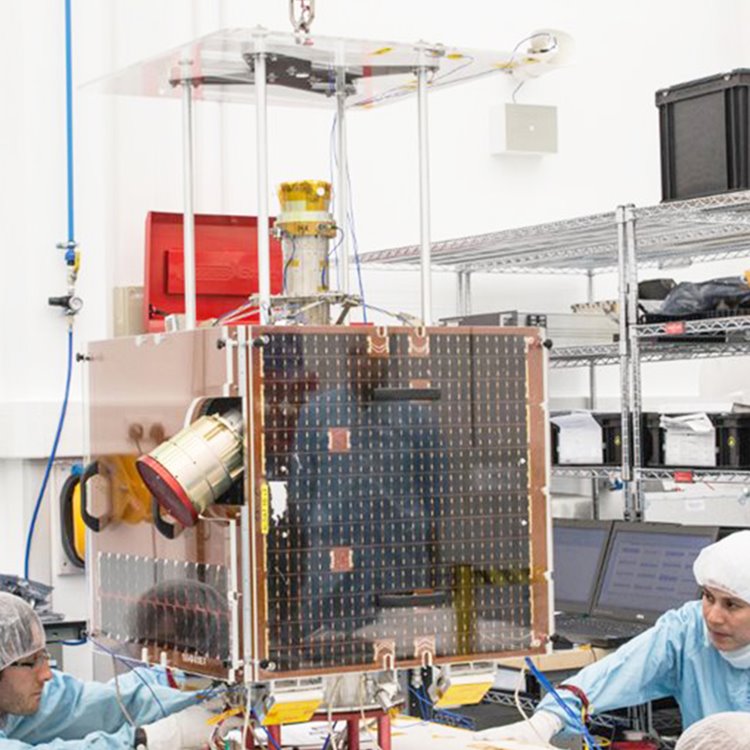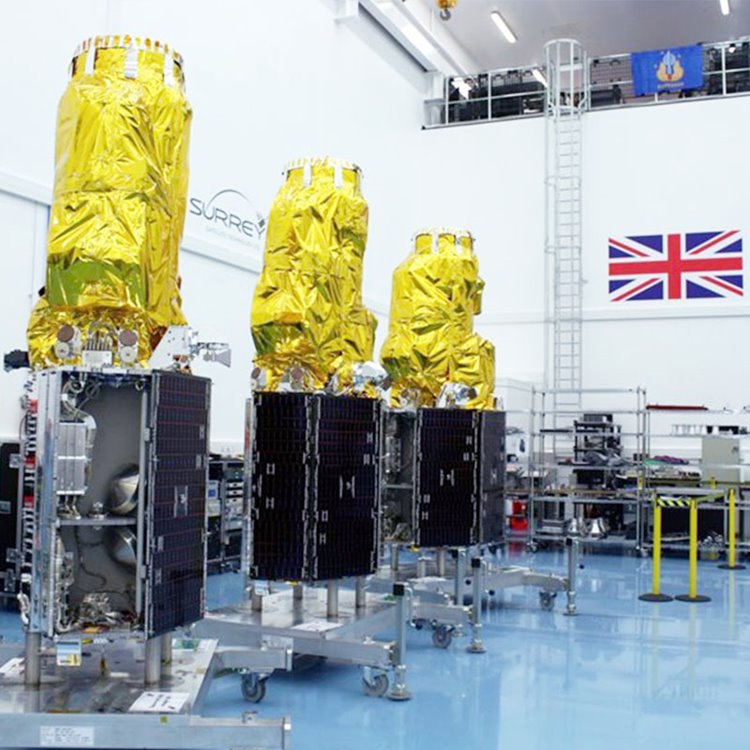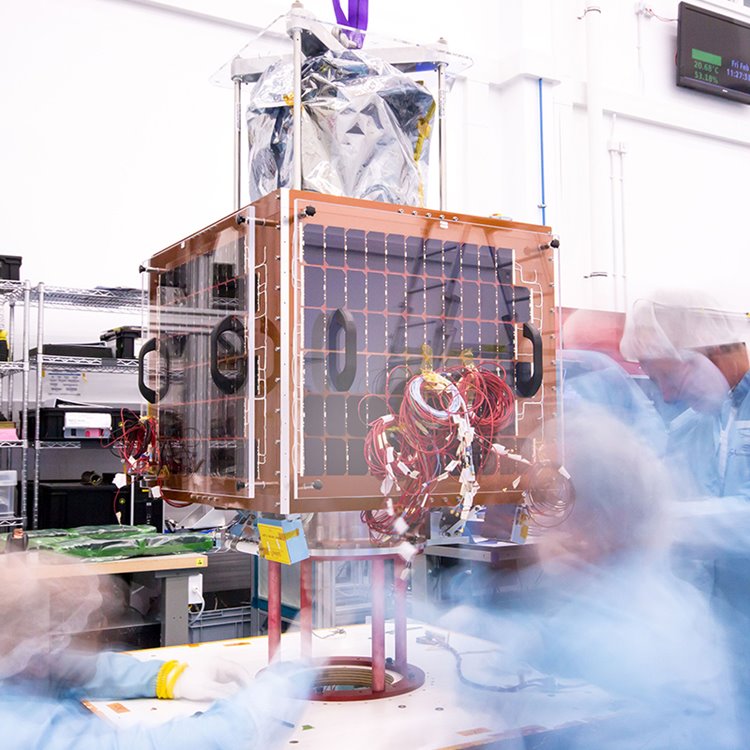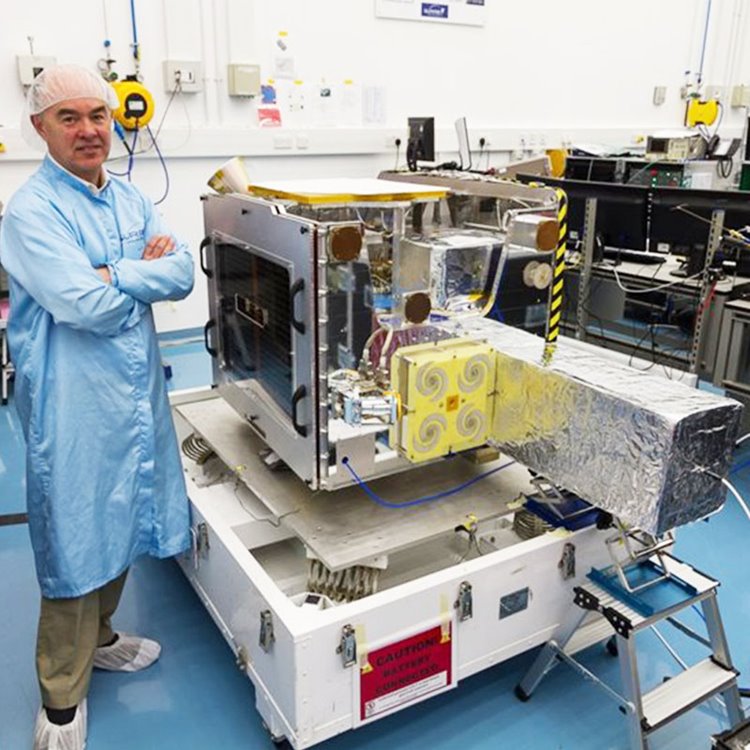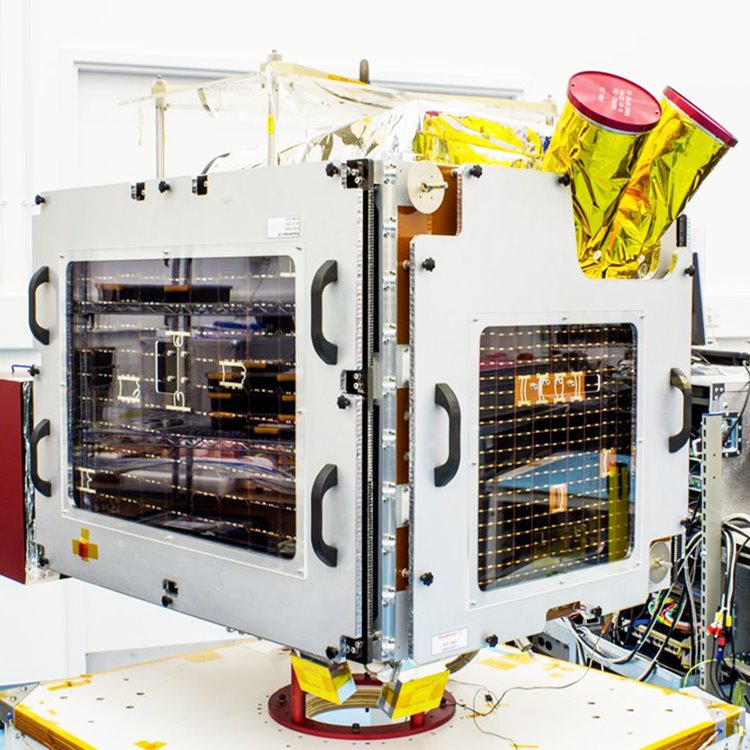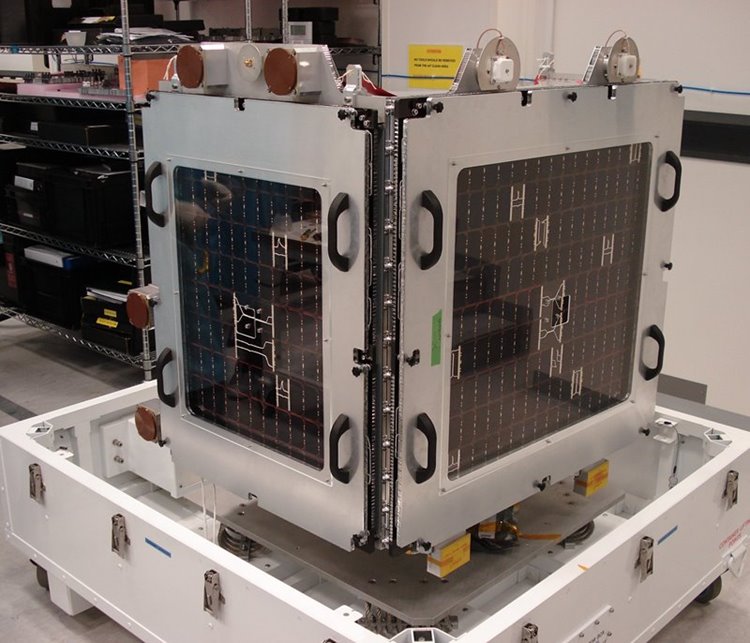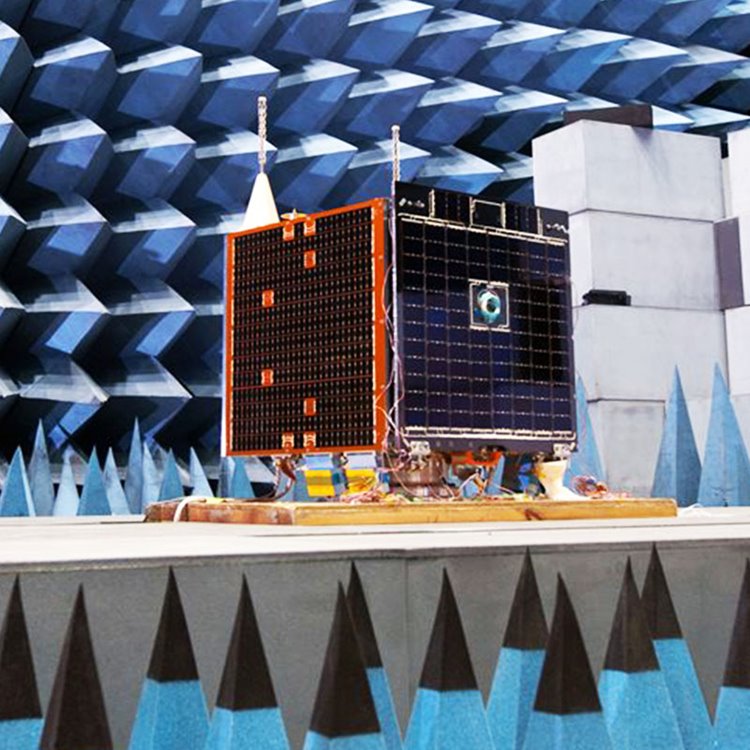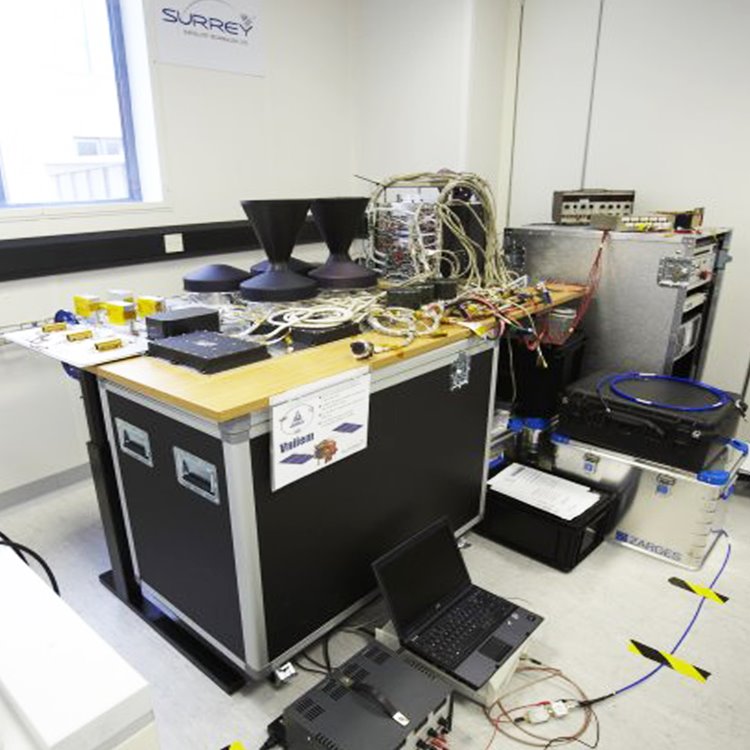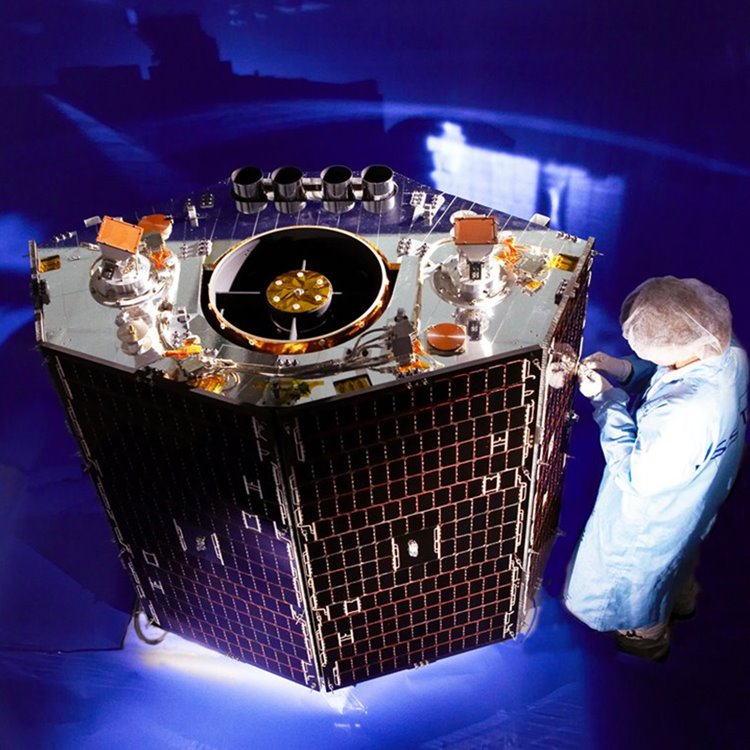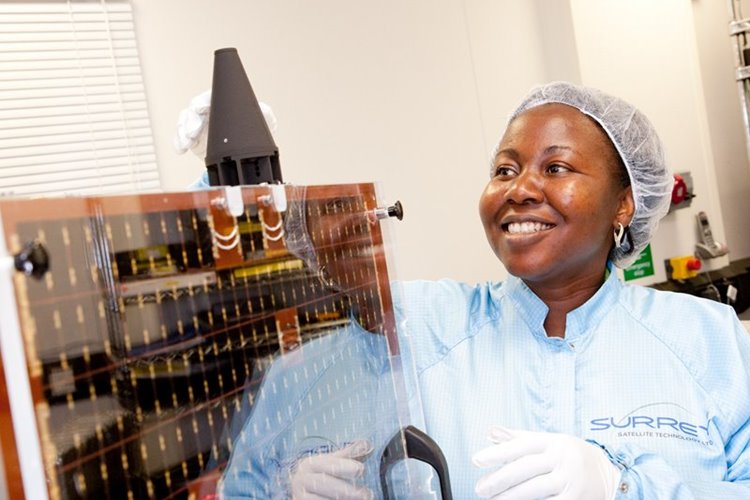Remove Debris was deployed from the International Space Station on 20th June 2018, with launch service interface and launch provision by NanoRacks and NASA respectively.
The RemoveDEBRIS mission achieved the first ever in-orbit demonstration of space debris capture and performed four active space debris removal technology demonstrations, testing novel technologies, representative of an operational scenario during a low-cost mission.
SSTL designed and manufactured the Remove Debris satellite platform, which hosted the payloads for use in the debris removal demonstrations. These payloads, or technical content within them, were produced by mission partners Airbus, ArianeGroup, CSEM, Inria, ISIS, SSC, and Stellenbosch University.
After a successful mission RemoveDEBRIS burned up in Earth's atmosphere on 4th December 2021.
The Remove Debris mission received funding from the European Commission. Specifically, the research leading to these results has received funding from the European Union Seventh Framework Programme (FP7/2007-2013) under grant agreement #607099.
